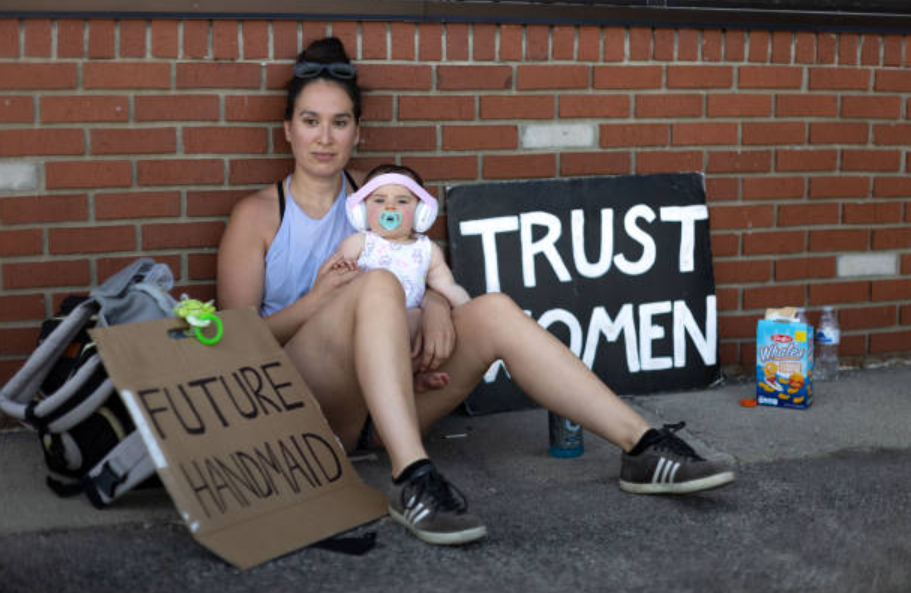Ohio Elections Chief Reveals Opposition Input on Abortion-Rights Measure Ballot Wording
GOP Ohio Secretary of State Frank LaRose came under fire for collaborating with anti-abortion organizations to draft the contentious ballot text.
LaRose, also a 2024 US Senate candidate, admitted seeking input from prominent anti-abortion organizations, stirring controversy and legal challenges due to the perceived bias in the language used.
During a Nov. 17 candidate forum held by the Strongsville GOP, LaRose disclosed collaborating with Susan B. Anthony Pro-Life America, the Center for Christian Virtue, and Ohio Right to Life while drafting the ballot language.
These groups played pivotal roles in the opposition campaign against Issue 1 under the banner of Protect Women Ohio.
Critics lambasted LaRose’s phrasing in the ballot summary, claiming it was intentionally misleading to sway voters toward a no-vote.
Notably, the wording replaced fetus with unborn child and suggested the measure aimed to limit citizens of the State from passing abortion restrictions, while in reality, it restricted the state government’s authority in this matter.
Ohio Supreme Court’s Ruling

Ohioans United for Reproductive Rights, the pro-Issue 1 campaign, took legal action against the ballot language and secured a partial victory in the Ohio Supreme Court.
The justices ruled that a segment of the language, specifically the portion implying limitations on citizens rather than the government, was indeed misleading and required revision.
LaRose defended the altered language, stating that it accurately represented conservative values and pleased the anti-abortion campaign, which desired the change from pregnant person to woman to align with their Protect Women Ohio campaign branding.
While LaRose’s spokesperson, Mary Cianciolo, reiterated that the language was upheld by the state Supreme Court as accurate and defensible, the controversy surrounding the involvement of anti-abortion groups in shaping the ballot language has sparked concerns about impartiality and fairness in the electoral process.
The episode underscores the contentious intersection of politics and social issues, raising questions about the influence of interest groups in shaping public discourse and the transparency of the electoral process.


Comments are closed.